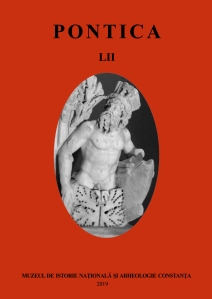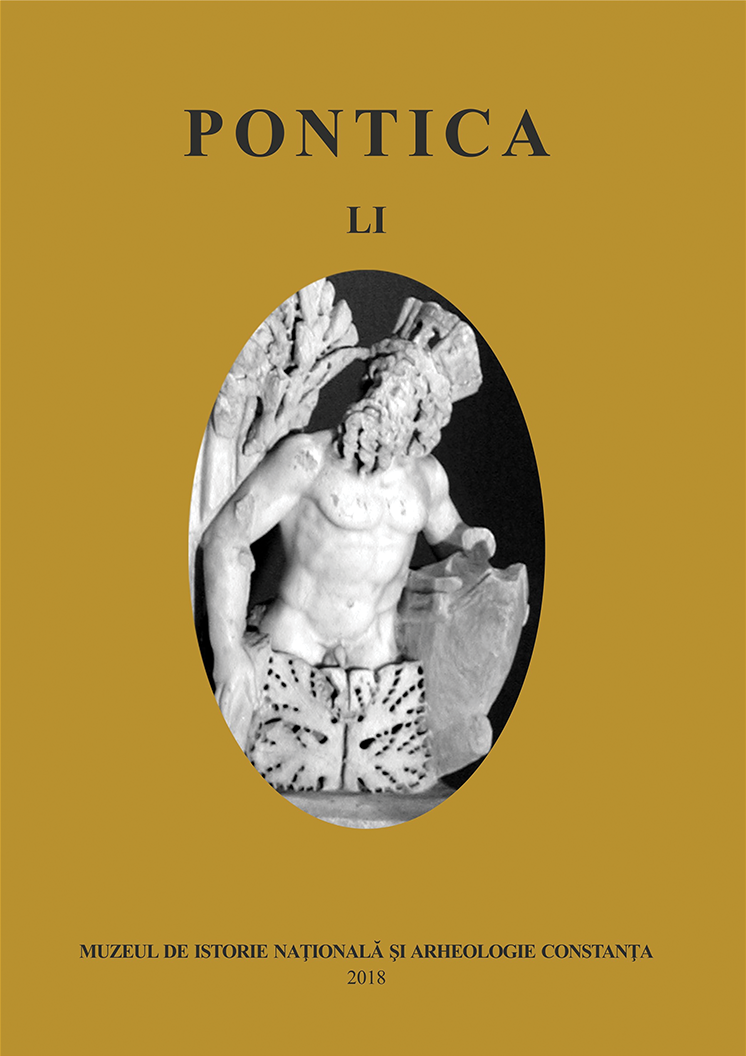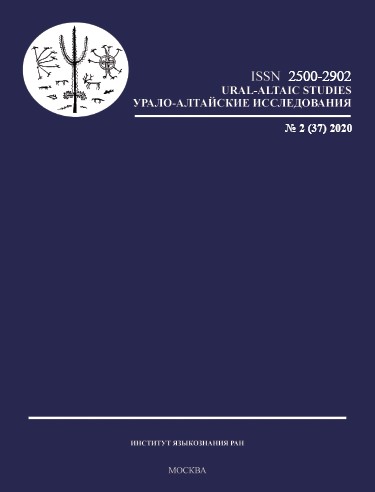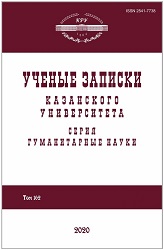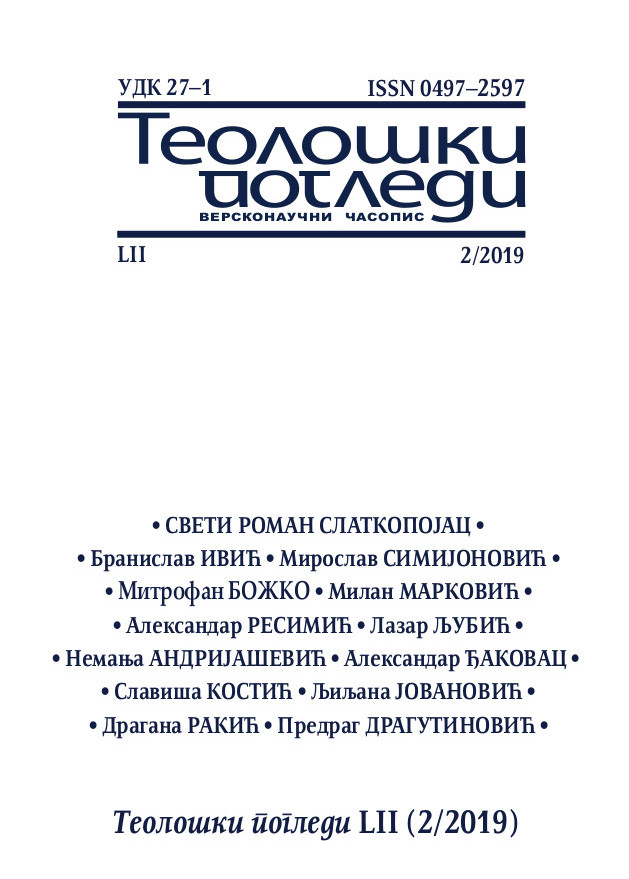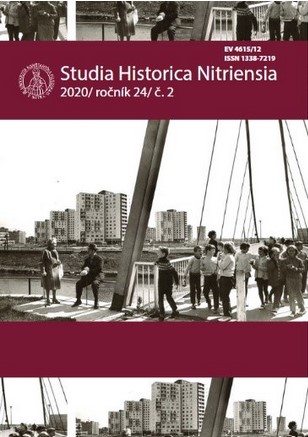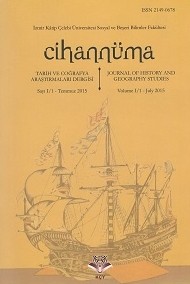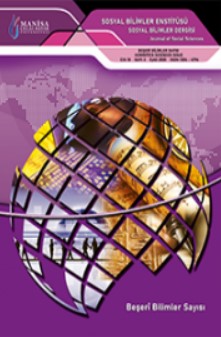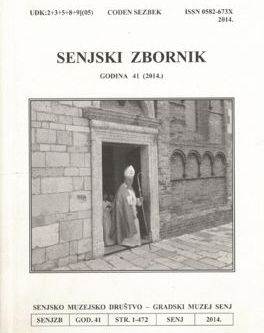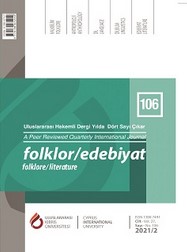Author(s): Nelu Zugravu / Language(s): Romanian
Issue: 51/2018
For a long time deemed irrelevant for historical reconstruction purposes, due to their encomiastic style and the intentional altering of the facts, the discourses of the Gallo-Roman orators of the 3rd/4th centuries have been gradually re-evaluated, especially following Édouard Galletier’s publication, at mid-century last, of the first edition of the Panegyrici Latini corpus. The growing fascination with these writings has led, on the one hand, to the production, in various historiographic traditions, of bilingual critical editions and annotated translations, and, on the other hand, to the „derhetorized” valorisation of the information contained in various texts dealing with the crisis of the
Empire, the Diocletianus-Maximianus diarchy, the first tetrarchy, the Constantinian dynasty, and the reign of Theodosius. It has been noted thus that, notwithstanding the exaggerations, conventions and stereotypes characteristic of the literary genre they belong to and the Plinian model they claim to emulate, and despite their propagandistic nature and their role in entertaining the „political liturgy”, they are important and credible pieces of evidence for discerning various political-military, social and religious features particular to the late 3rd and 4th-century Empire. By corroboration with data offered by epigraphs, coinage, artistic depictions and archaeological finds, the Panegyrici Latini have contributed to a more convincing reconstruction and a better understanding of numerous events (military campaigns, official ceremonies), of ideological and religious aspects (the theology of the diarchy and the tetrarchy, Constantine’s „slide” toward monotheism, the imperial virtues, tyrannus, heredity as a means of legitimising power etc.), of social and institutional circumstances (the movement of the Bagaudae, urban life, taxation, education, legal issues, the strengthening of frontiers), of the relations with the barbarians and the Persian state, of the mechanisms of the Empire’s evolution, and so on.
Of all these, I would like to single out and focus on the frontiers of the Roman state
during the age in question, which are discussed only in a few, if important, studies.
Hence, in the present paper I aim to offer: an inventory of the terms used by the Gallo-
Roman panegyrists to designate the frontier (limes is attested most frequently – 22
times; terminus – 5 times; finis – 4 times; ripa – 5 times); an analysis of the borders and
of the imperial space delimited by them and the perceptions about them (the first – a
purely rhetorical, idealizing, maximalist perpective; the second – a rhetorical-realist one, where in amplificatio rhetorica is interwoven with elements of political-administrative geography specific to the times of their delivery); finally, a review of the meanings that the orators assigned to the frontier (1. the legitimacy of universal power; 2 the frontiers delimit two opposing political, ideological and cultural spaces ‒ the civilised, pacific Roman order and the conflict-generating barbarian societies; 3. the frontiers are confrontation and also integration areas). I consider such an exploration to be an interesting and useful one, supporting both the general interest for the investigation of the imperial frontiers in Late Antiquity and the specific concern with the study of the limes as reflected in contemporary texts. I should add here that I chose to exclude from the group of the 11 Gallo-Roman orations of the 3rd-4th centuries the one delivered in the summer of 389 by Latinus Pacatus Drepanius due to it providing evidence of a political, territorial, and ethnical reality much different from that witnessed by the earlier texts, in that it was affected by the official settlement of the Goths within the Empire.
More...
